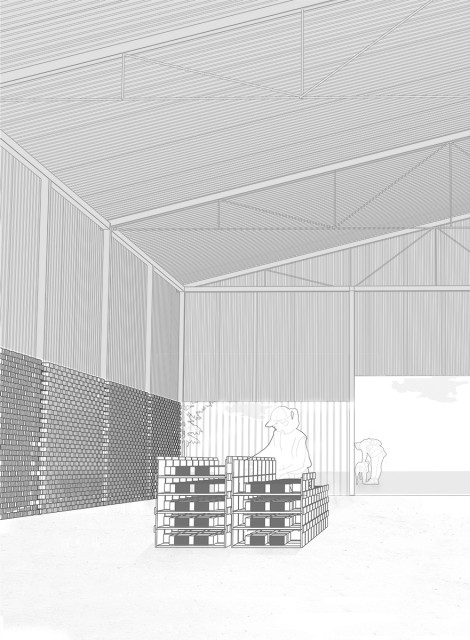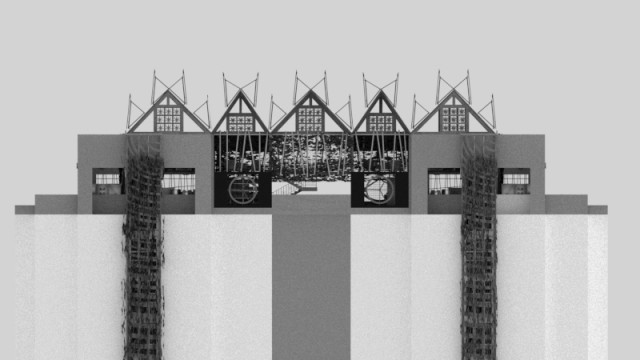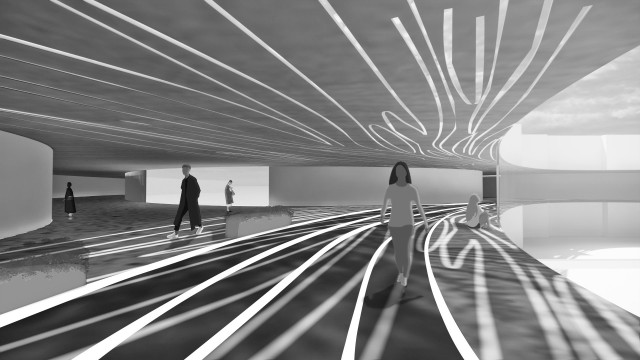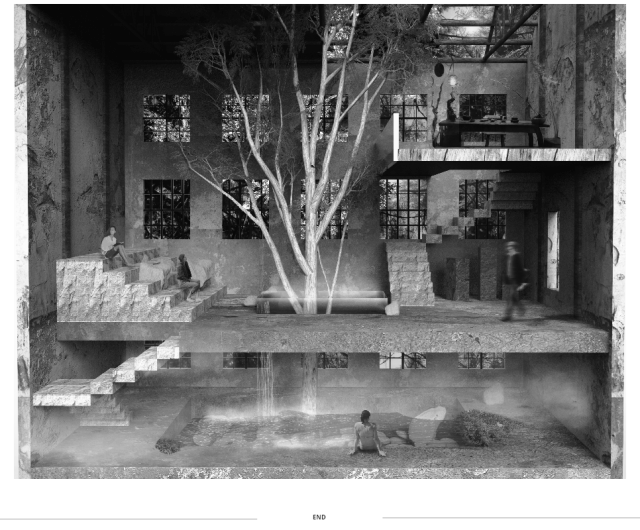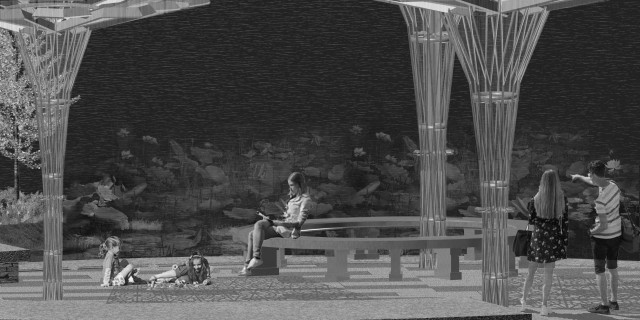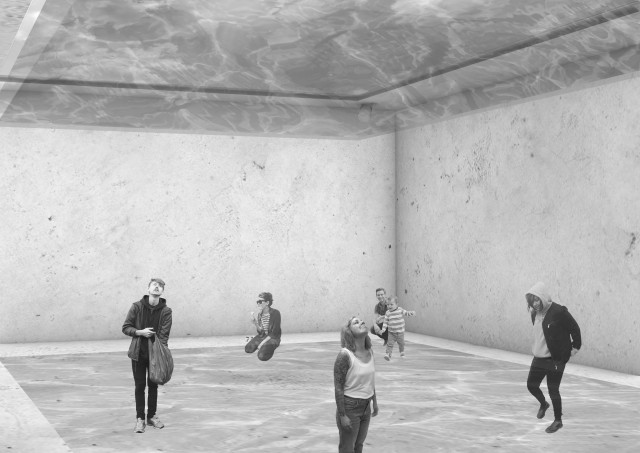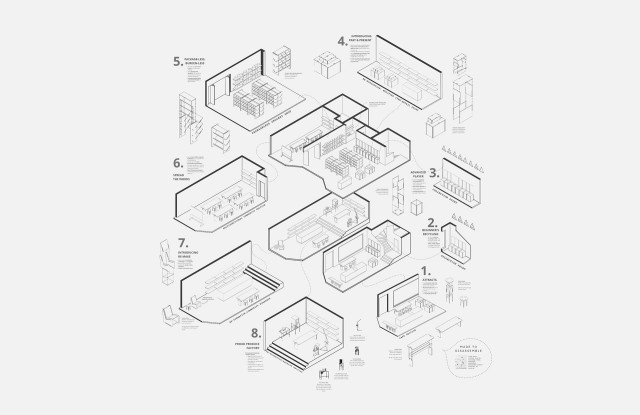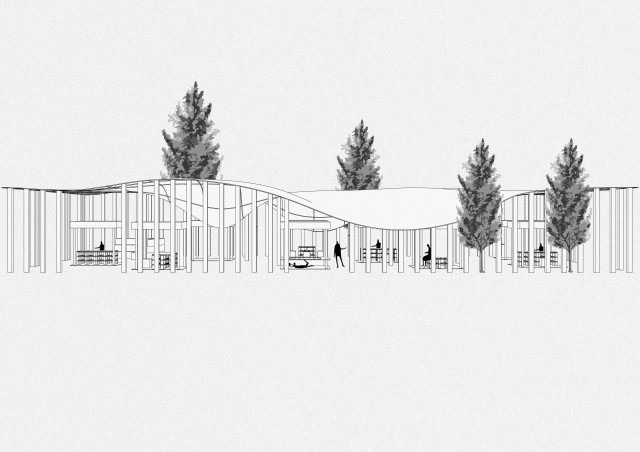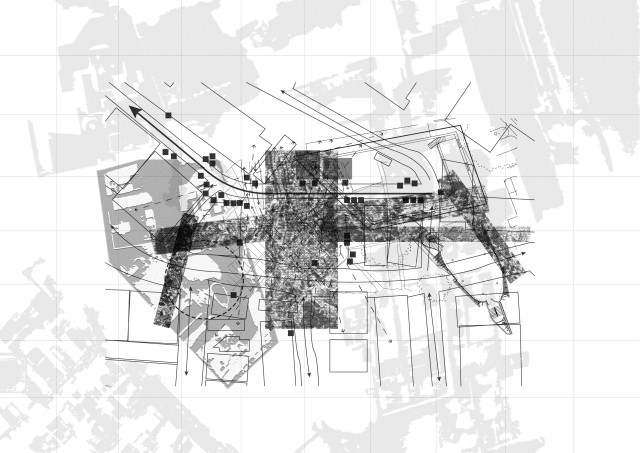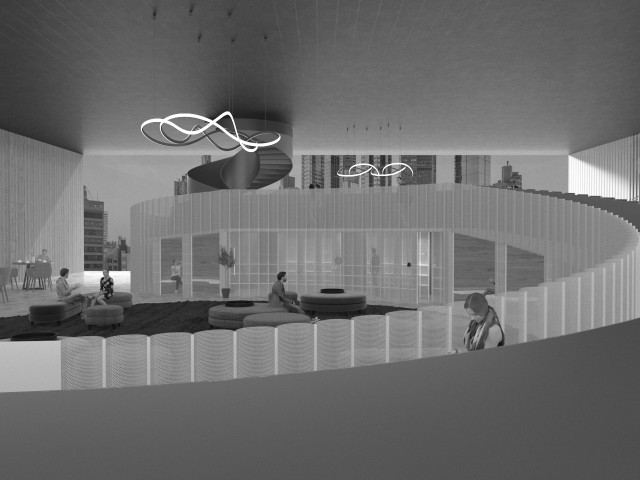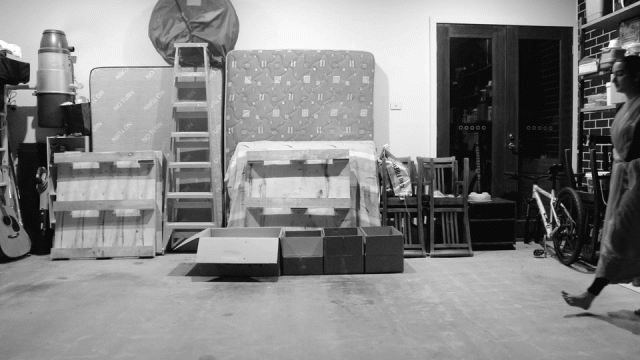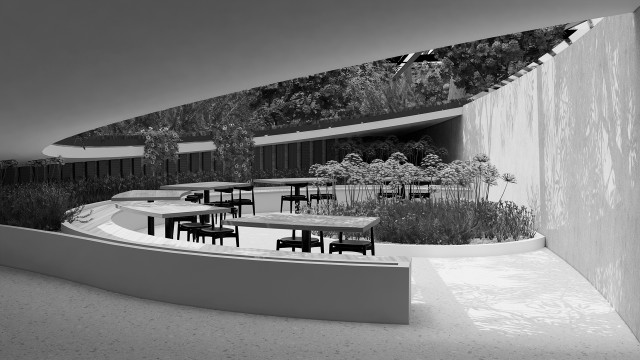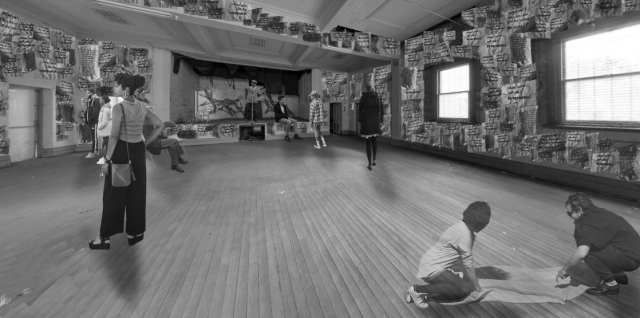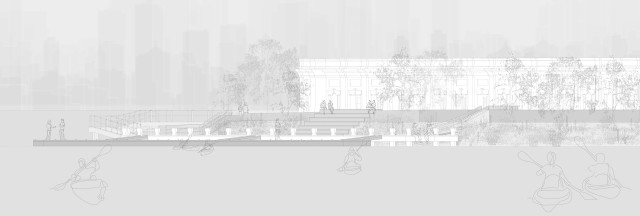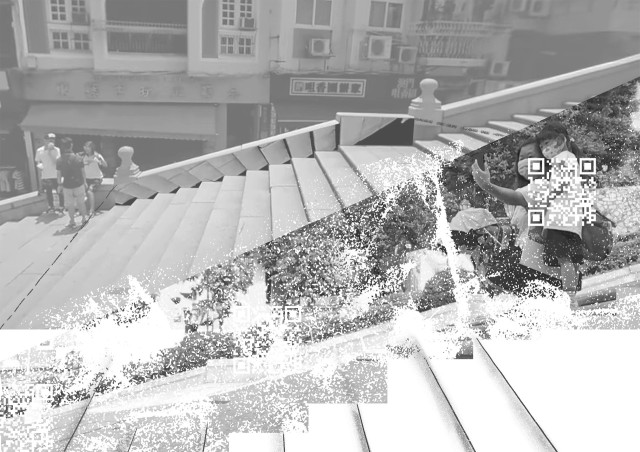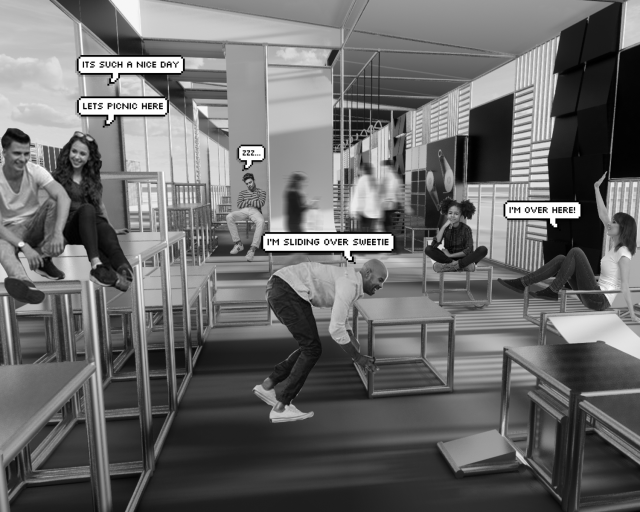Georgina Loughnan, What we are together: Provisional arrangements for support [×]
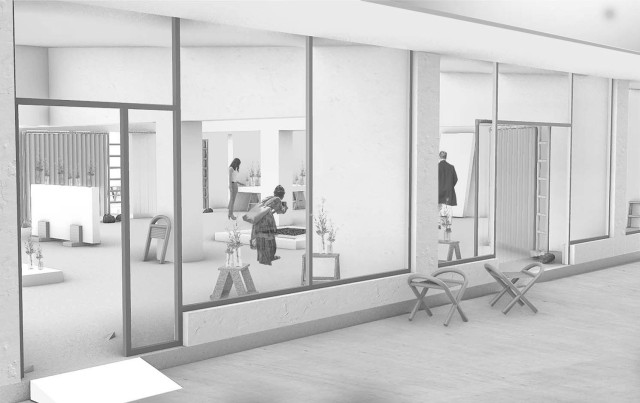
How can assemblage generate encounters that begin to test how culture and support gets discussed emotionally, physically and philosophically?
With more retail mocving online, what is the potential for vacant shopfronts as community-oriented cultural hubs in outer city suburbs?
Our current reality has been redefined through the parameters of virtual experience, illuminating the criticality that an active being-in-the-world has within our well-being. 'What we are Together: Provisional Arrangements for Support' is a process-lead research project that responds to this observation by prompting questions around how assemblage as a technique informs behaviour and affords support as an emotional, physical, and philosophical methodology. Assemblage is explored through the arrangement of objects, bodies and sensations meeting provisionally to enable new territories and relationships to emerge.
This enquiry unfolds in response to the issue of vacant shopfronts that have emerged since the pandemic by proposing a series of satellite sites for the 2021/22 Mpavilion located beyond Melbourne CBD’s 5km radius. Preservation and transformation of these provisional conditions are tested through various approaches through the assemblage of programmatic concerns, joinery and furniture acting as support structures. Through the distribution of activities and de-centralisation of culture, the project questions how cultural infrastructure can decrease suburban isolation. Foregrounding situations over built form and generating a new becoming of vacancy within their indeterminate in-between.
Framing, rearrangement, re-presentation form assemblages tested within a site located in Box Hill. Through techniques of observation, photography, diagramming and iteration the project explores how systems of support unfold in response to existing physical parameters. In turn, exhibiting how this conceptual framework will manifest in multiple vacant sites.
Exploring how varying modes of display become an arena for exchange, this ecology of sites work as a hybrid of virtual and physical events to respond to the immaterial implications upon human behaviour in this time of social, cultural and economic discontinuity. Repositioning the potentiality of interior as not limited to built form but as a condition produced through encounters informed by underlying social and cultural forces in flux.










